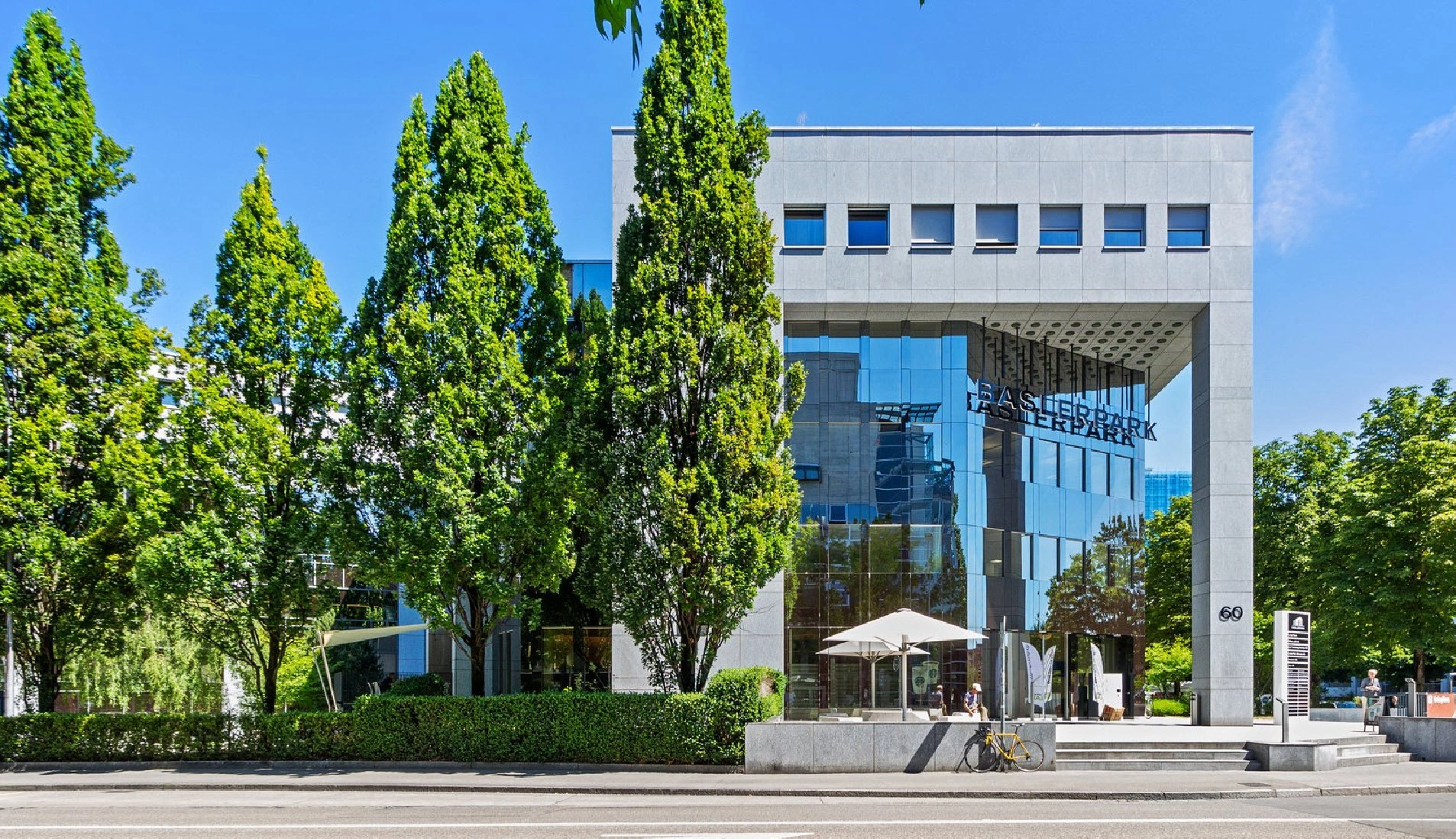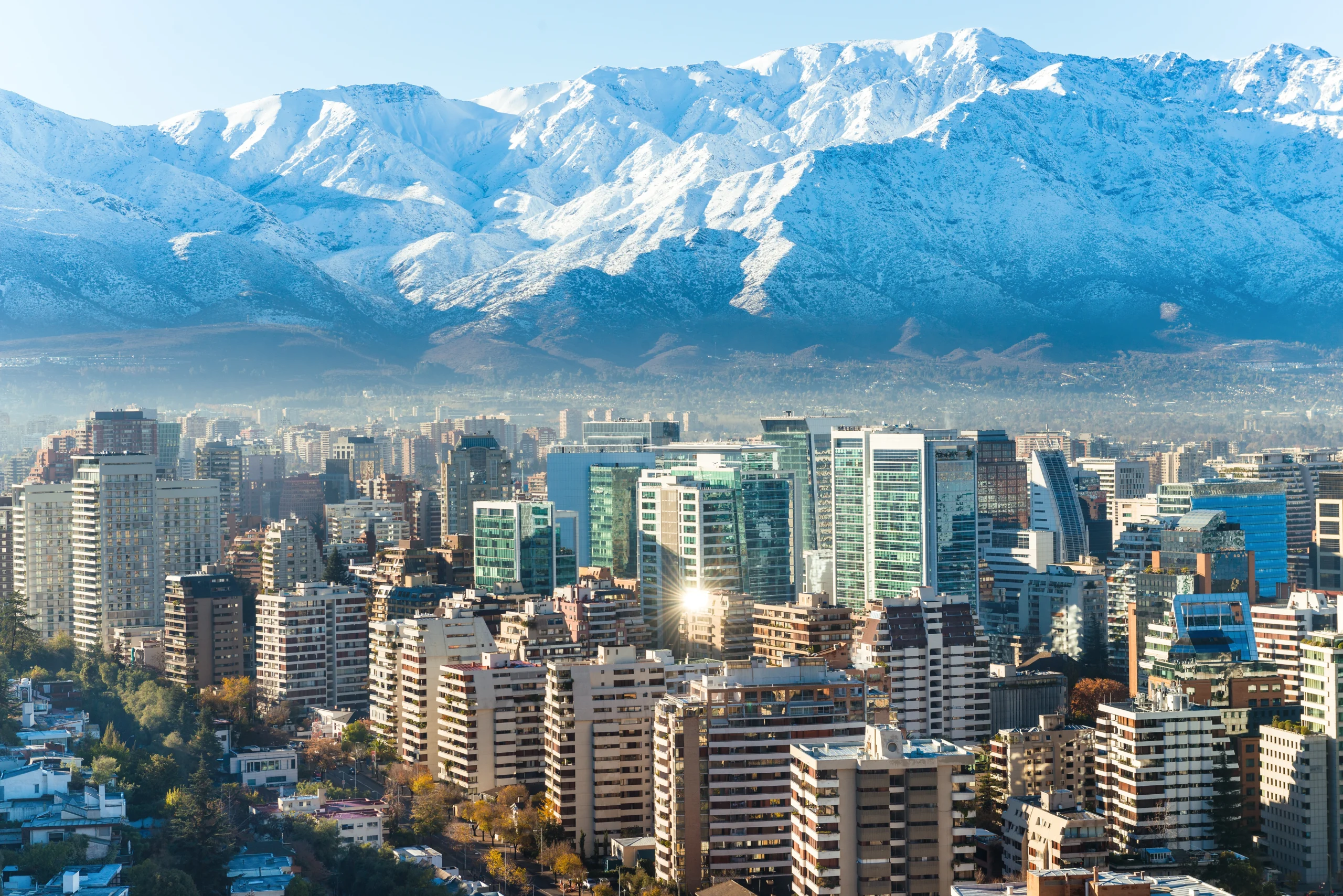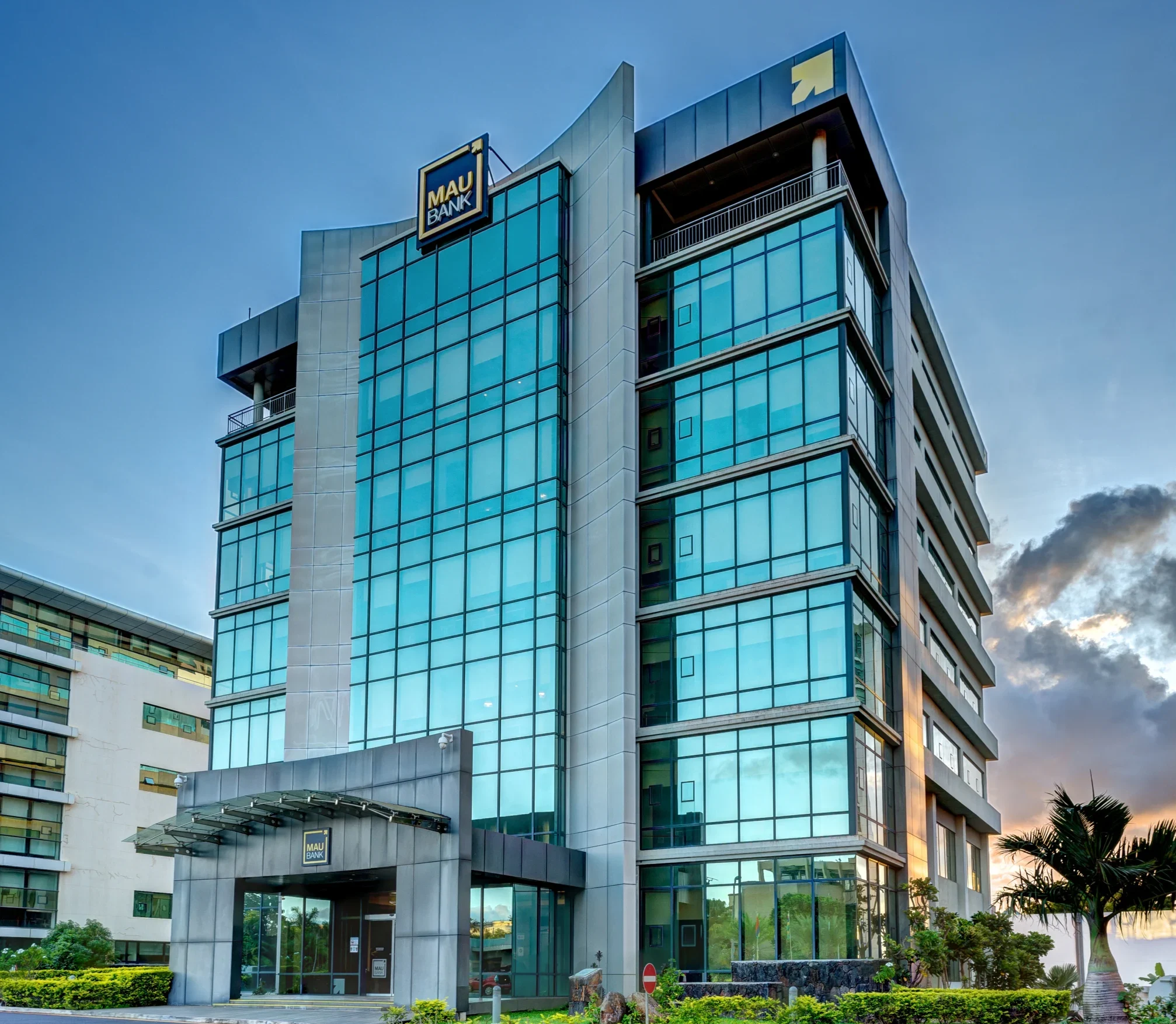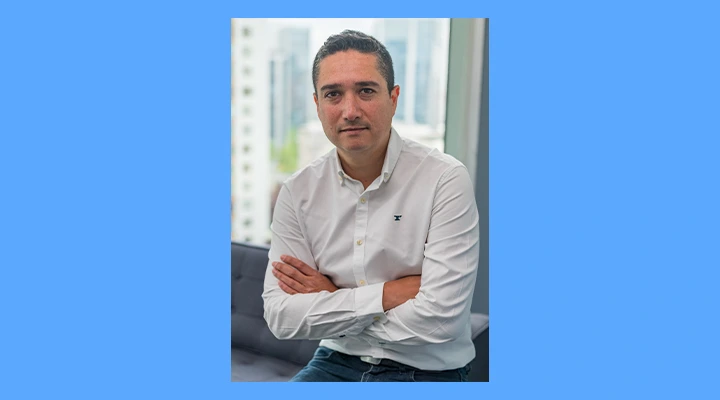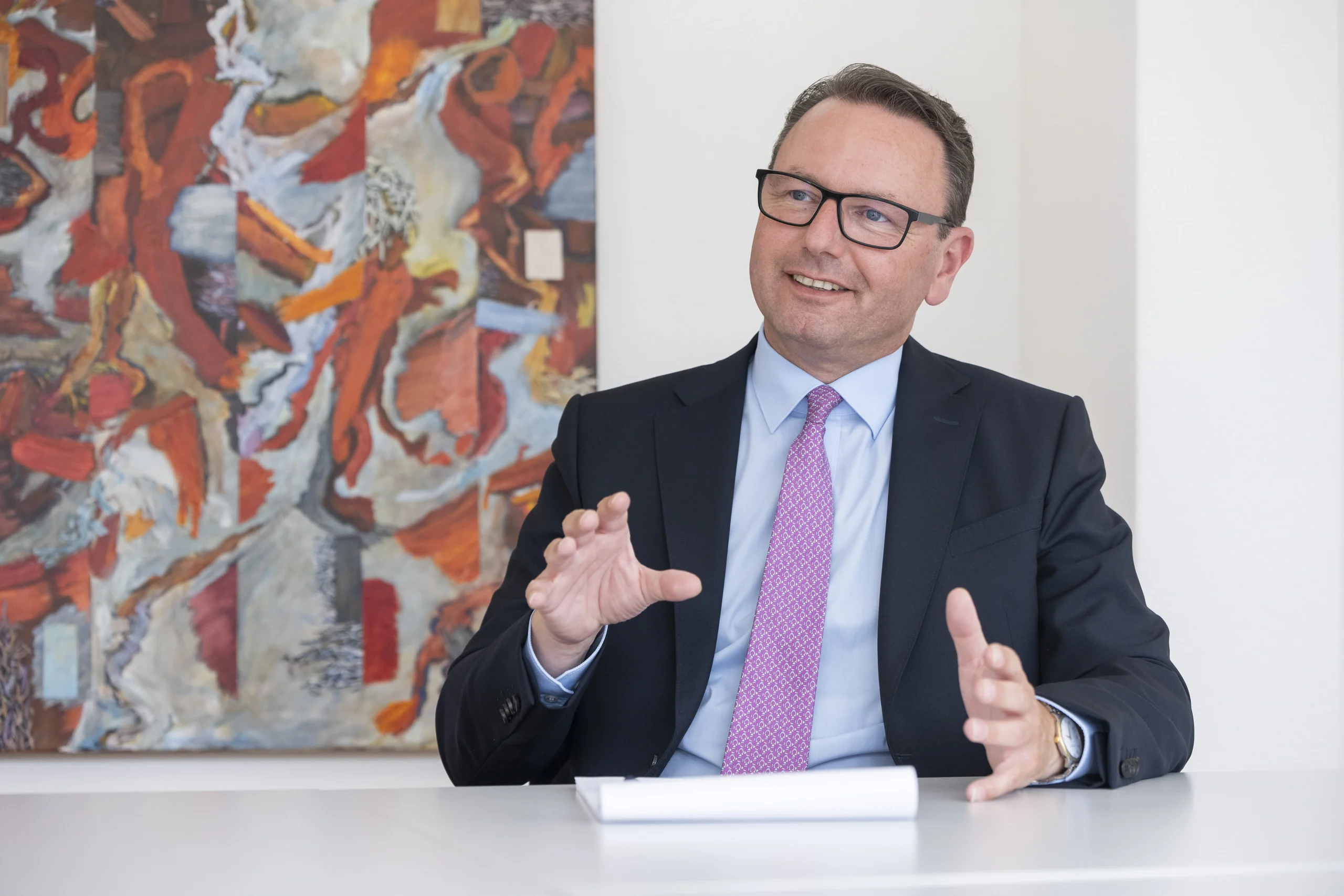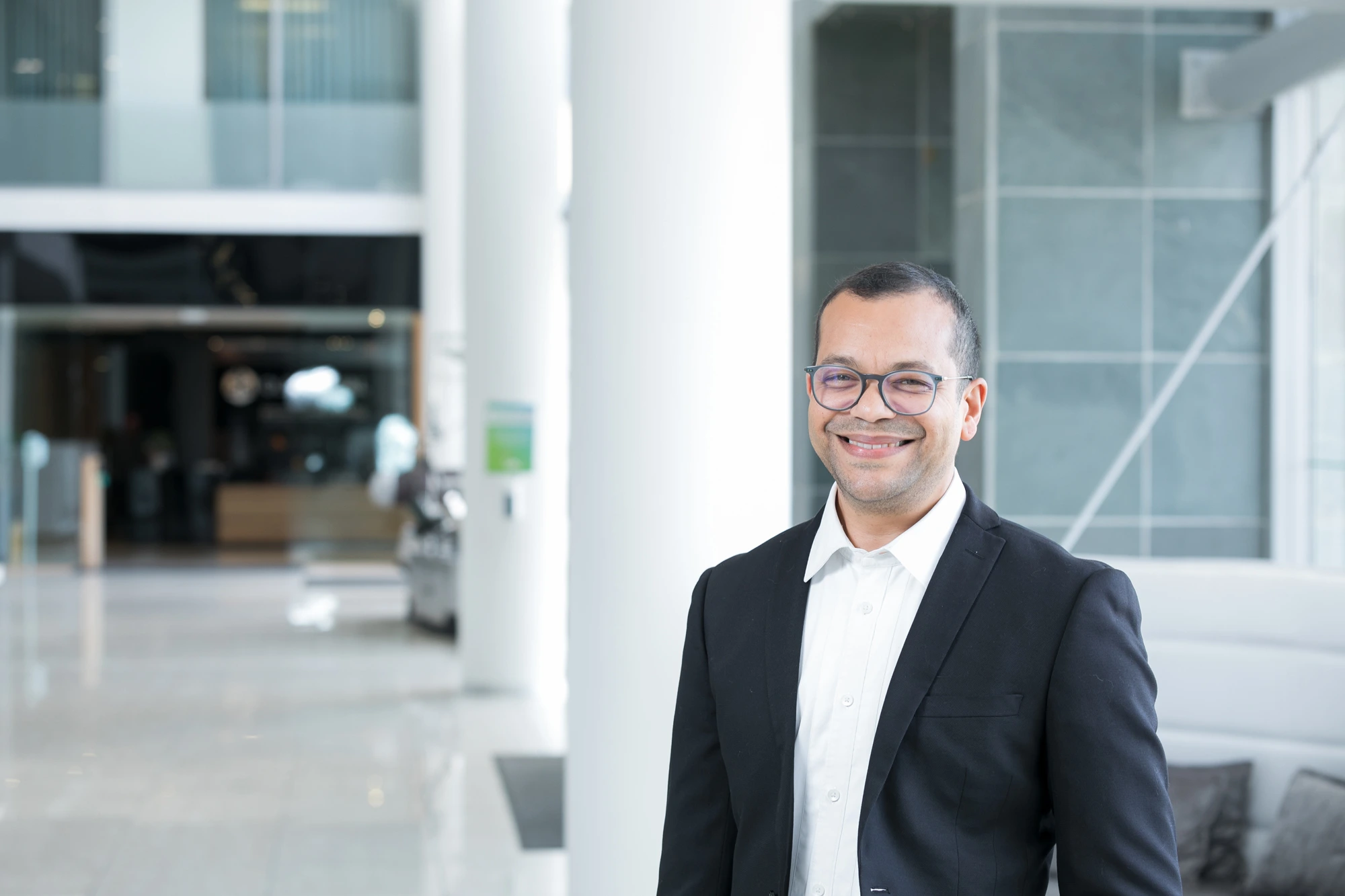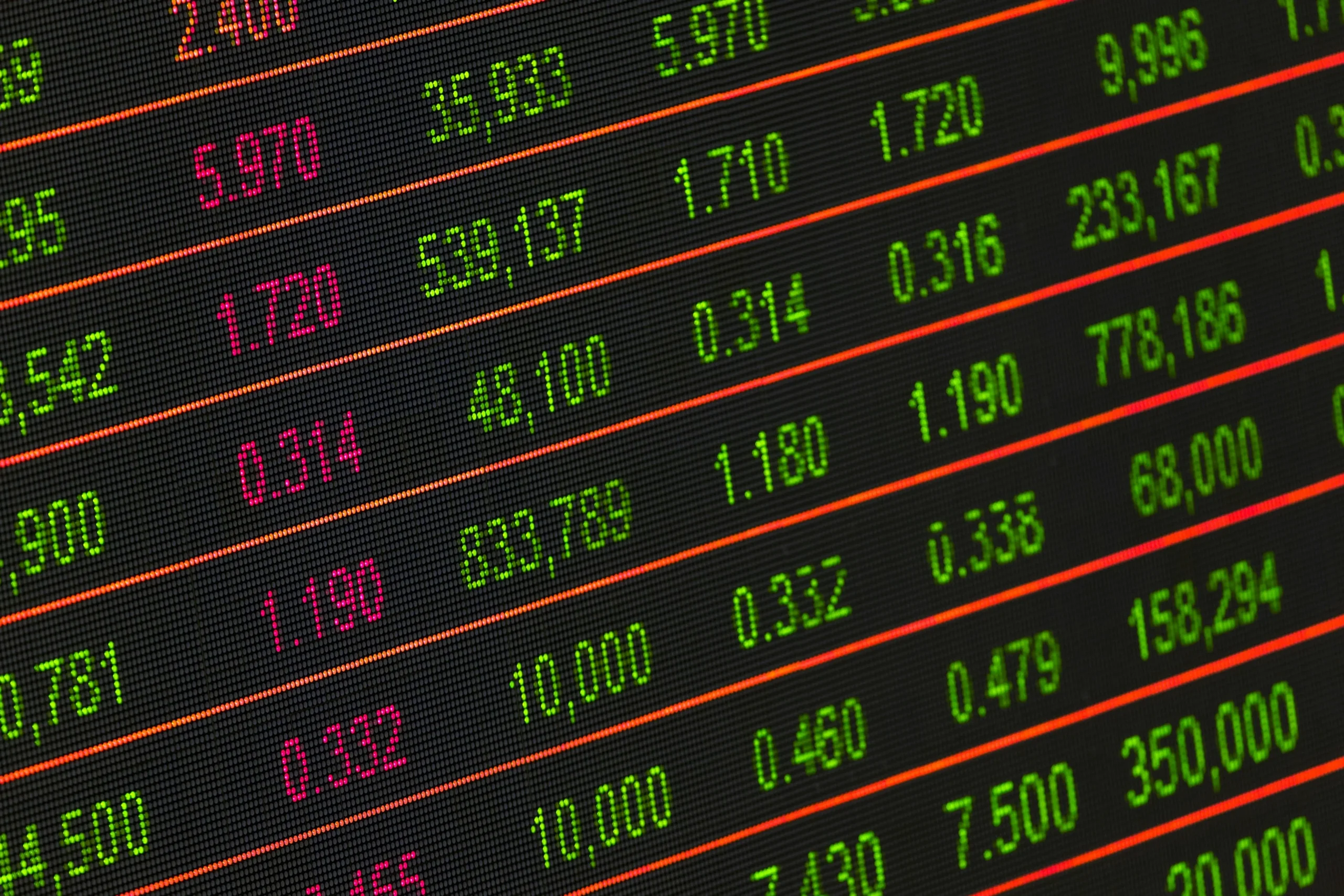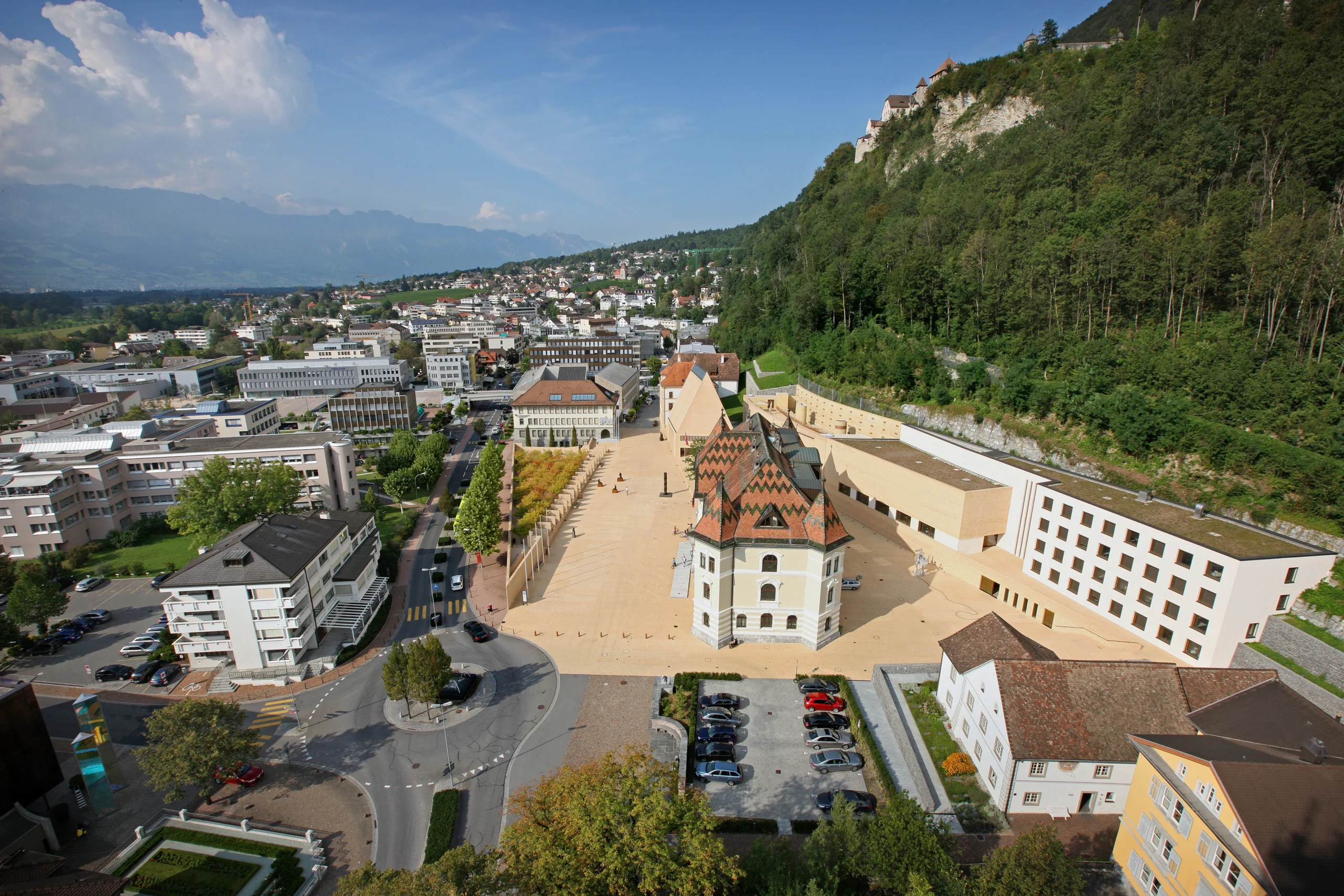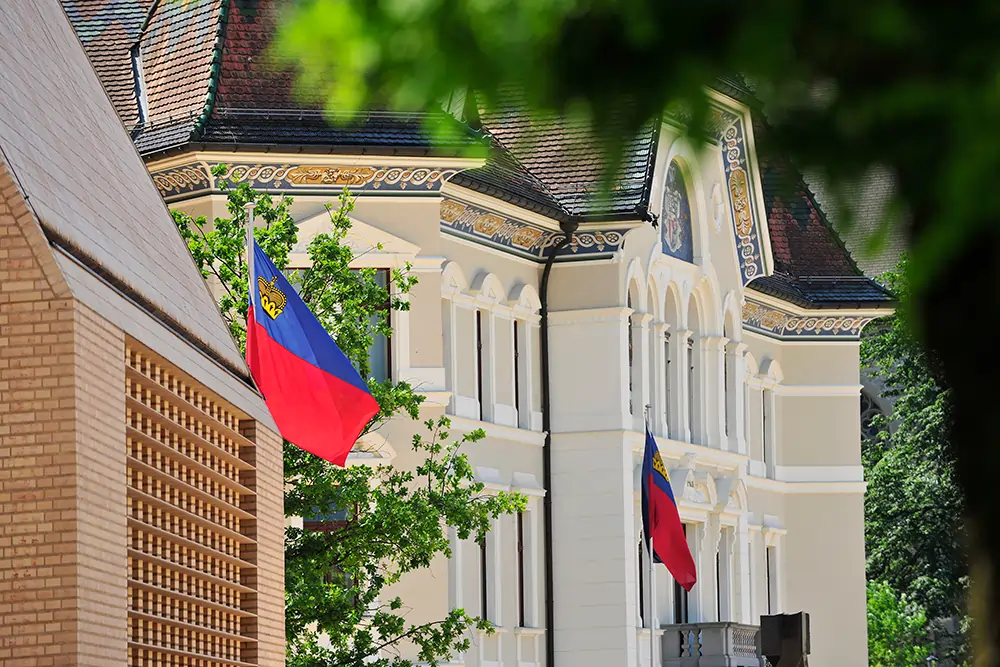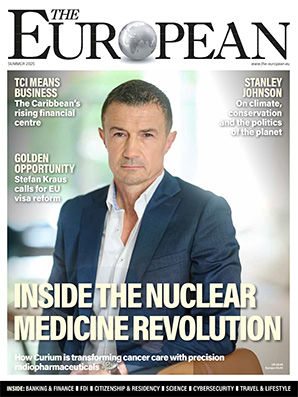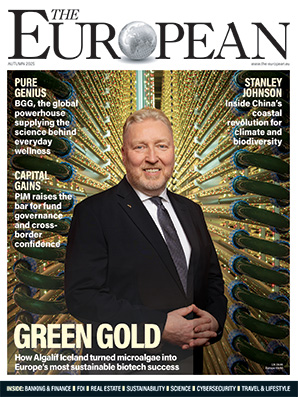Lusaka Securities Exchange surges ahead on reform momentum

John E. Kaye
- Published
- Banking & Finance

Once overshadowed by larger African bourses, Zambia’s exchange has delivered one of the world’s strongest rallies in 2025. Strategic reforms, new products, and tighter governance are helping turn resource wealth into lasting market credibility — and pushing Lusaka closer to frontier-market status, writes John E. Kaye
The Lusaka Securities Exchange, a small bourse in a copper-producing nation of just 20 million people, is an unlikely candidate to rank among the world’s best-performing exchanges. For most of its 30-year history, it has gone largely unnoticed beyond Zambia’s borders, overshadowed by larger African markets in Johannesburg, Nairobi, and Lagos.
Yet by August 2025, the LuSE index had climbed from 15,440 points at the start of the year to beyond 24,000 — a 55 per cent gain that Bloomberg ranked among the strongest anywhere in the world. The surge has been hailed in Lusaka as evidence of both resilience and renewed investor confidence after several difficult years.
According to Nicholas Kabaso, Chief Executive Officer at LuSE, the rapid growth is the result of deliberate strategic interventions aimed at aligning operations with Zambia’s broader economic aspirations.
“LuSE has positioned itself as a key driver of long-term capital formation, wealth creation, and sustainable economic development, while simultaneously nurturing investor confidence through robust governance and transparency frameworks,” he told The European.
“Over the past year we have expanded product innovation, strengthened oversight, and extended trading access — measures that have underpinned the exchange’s performance and credibility.”
Zambia sits at the centre of southern Africa’s Copperbelt, surrounded by eight neighbours including the Democratic Republic of the Congo and Zimbabwe. Tourism adds an important strand to the economy, with Victoria Falls — the “Smoke that Thunders” — supporting livelihoods in Livingstone through hotels, guiding, transport, and surrounding national parks. But it is the depth of Zambia’s mineral reserves that underpins the economy, with copper and cobalt at its core. In 2024, Zambia produced approximately 820,670 metric tonnes of copper — up 12 per cent on the previous year — with output expected to reach about 1 million tonnes by 2026.
Turning that resource base into capital-market strength has long been a challenge, partly because export revenues have flowed offshore and domestic savings remain limited.
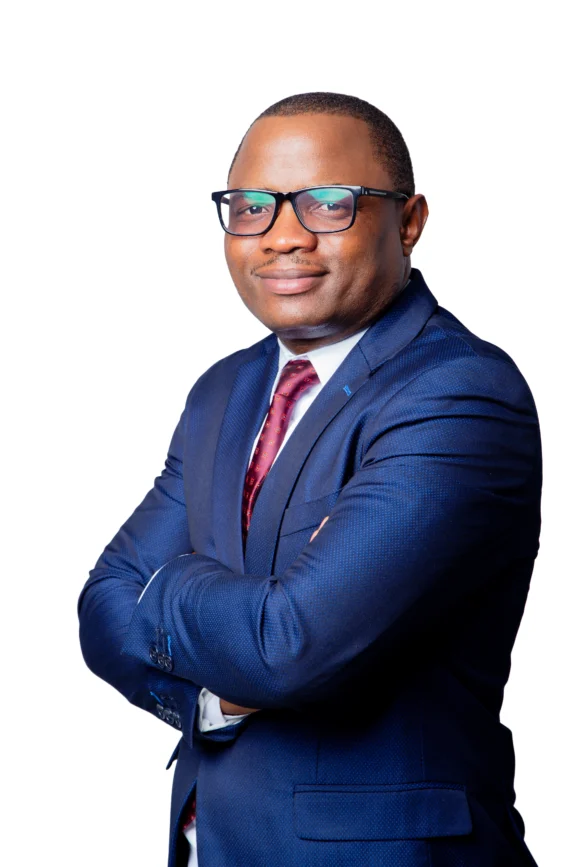
“For decades Zambia has produced vast mineral wealth, but too little of that capital has been channelled through our own financial system,” Kabaso said. “The challenge has always been to capture more value at home and give investors the confidence to commit for the long term.”
But reforms at LuSE — from tighter governance to new products — are now seen as helping turn that weakness into the basis for the current rally. They also coincided with the government’s completion of a painful debt restructuring, a step that had weighed heavily on investor sentiment. With that obstacle cleared, officials hope the exchange’s performance signals the start of a broader recovery.
Flagship listings such as ZCCM Investments Holdings and Copperbelt Energy Corporation, each now worth more than USD 1 billion, give substance to Zambia’s ambition of securing frontier market status and show that valuations are starting to reflect the country’s mineral wealth.
“A decade ago these valuations would have been unthinkable,” Kabaso added. “The message to global investors is that Zambia can support billion-dollar companies, not just mining exports.”
The broader aim is to anchor capital domestically. By mobilising equity rather than relying on short-term borrowing or external debt, LuSE hopes to finance industrialisation, infrastructure, and SME growth in line with priorities set out in Zambia’s Eighth National Development Plan and Vision 2030.
To achieve this, LuSE has broadened its product offering and strengthened oversight. The launch of Zambia’s first US dollar-denominated Real Estate Investment Trust in 2024, together with an oversubscribed issuance of Green Bonds, revealed appetite for more sophisticated and sustainable products. The Green Bonds, in particular, have been promoted as aligning with global trends toward environmentally conscious finance, underscoring Zambia’s capacity to deliver credible ESG investment opportunities.
Extended trading hours and proposals to shorten the settlement cycle from T+3 to T+2 have also brought the market closer to international practice.
“Liquidity is the number one question we get asked,” Kabaso said. “Extending hours and aligning settlement cycles are practical reforms that build confidence.”
Governance has reportedly been reinforced in parallel, with the Exchange working closely with the Securities and Exchange Commission to strengthen disclosure, transparency, and surveillance. New tools for real-time reporting and automated monitoring have added credibility, while upgrades to the automated trading platform, expanded mobile access, and streamlined electronic settlement have made participation easier for both SMEs and retail investors.
Fintech integration and dual listings, meanwhile, are attracting interest from abroad.

Investors will now be watching closely for evidence that recent progress in governance, innovation, and product development can be sustained over time. Kabaso said the priority is to show that the rally can translate into long-term strength by carrying reforms forward, broadening participation, and deepening liquidity.
“If we stay on this course, the Lusaka Securities Exchange can move from being a small regional platform to a market that underpins Zambia’s wider economic ambitions and earns recognition among frontier exchanges worldwide,” he added.
Read More: ‘PROMEA leads with ESG, technology and trust in a changing Swiss market’. PROMEA has been recognised with multiple awards for sustainability and leadership. In this interview with The European, the Swiss social insurance manager outlines how it balances profitability with responsibility, embraces technological change, and positions itself for long-term resilience.
Do you have news to share or expertise to contribute? The European welcomes insights from business leaders and sector specialists. Get in touch with our editorial team to find out more.
Main Image: Mr. Nicholas Kabaso
Sign up to The European Newsletter
RECENT ARTICLES
-
 Liechtenstein lands AAA rating again as PM hails “exceptional stability”
Liechtenstein lands AAA rating again as PM hails “exceptional stability” -
 Lusaka Securities Exchange surges ahead on reform momentum
Lusaka Securities Exchange surges ahead on reform momentum -
 PROMEA leads with ESG, technology and trust in a changing Swiss market
PROMEA leads with ESG, technology and trust in a changing Swiss market -
 Why collective action matters for pensions and the planet
Why collective action matters for pensions and the planet -
 Structuring success with Moore Stephens Jersey
Structuring success with Moore Stephens Jersey -
 PIM Capital sets new standards in cross-jurisdiction fund solutions
PIM Capital sets new standards in cross-jurisdiction fund solutions -
 Innovation, advisory and growth: Banchile Inversiones in 2024
Innovation, advisory and growth: Banchile Inversiones in 2024 -
 Digitalization, financial inclusion, and a new era of banking services: Uzbekistan’s road to WTO membership
Digitalization, financial inclusion, and a new era of banking services: Uzbekistan’s road to WTO membership -
 Fermi America secures $350m in financing led by Macquarie Group
Fermi America secures $350m in financing led by Macquarie Group -
 Banchile Inversiones receives three prestigious international awards
Banchile Inversiones receives three prestigious international awards -
 What makes this small island one of the world’s most respected financial hubs?
What makes this small island one of the world’s most respected financial hubs? -
 MauBank wins international award for tackling barriers to finance
MauBank wins international award for tackling barriers to finance -
 ‘It’s like a private bank but with retail rates’: Inside Jersey’s mortgage market for new high-value residents
‘It’s like a private bank but with retail rates’: Inside Jersey’s mortgage market for new high-value residents -
 How one fintech is using AI to fix Latin America’s broken mortgage system
How one fintech is using AI to fix Latin America’s broken mortgage system -
 Why the humble trading journal could be your edge in volatile markets
Why the humble trading journal could be your edge in volatile markets -
 The smart way to structure family wealth: Why Liechtenstein funds are in demand
The smart way to structure family wealth: Why Liechtenstein funds are in demand -
 How market concentration is creating new risks and opportunities
How market concentration is creating new risks and opportunities -
 Staying the course in an unpredictable market
Staying the course in an unpredictable market -
 Decision-making factors when establishing a foundation
Decision-making factors when establishing a foundation -
 Why the British Virgin Islands remains a top destination for global business
Why the British Virgin Islands remains a top destination for global business -
 Malta’s growing appeal as a financial services domicile
Malta’s growing appeal as a financial services domicile -
 Matthieu André on AXA IM Select’s award-winning approach to multi-manager investing
Matthieu André on AXA IM Select’s award-winning approach to multi-manager investing -
 A legacy built on trust
A legacy built on trust -
 U.S voters slam economy as ‘on wrong track’ — but back skills revolution, poll finds
U.S voters slam economy as ‘on wrong track’ — but back skills revolution, poll finds -
 Liechtenstein financial centre: A safe haven in uncertain times
Liechtenstein financial centre: A safe haven in uncertain times


